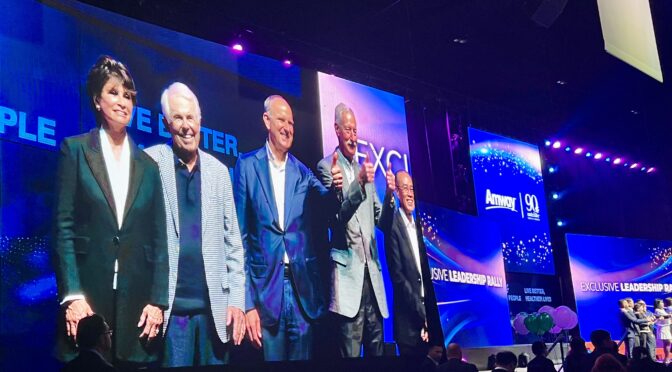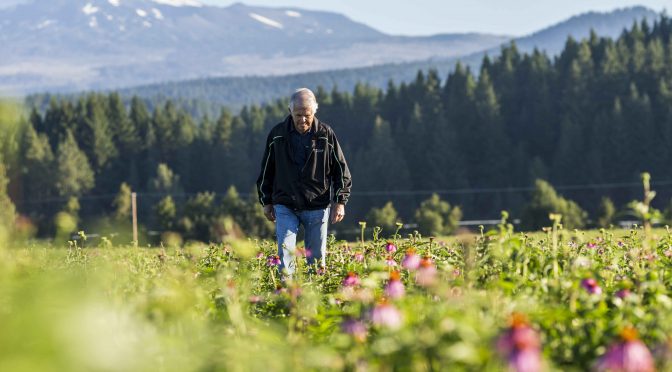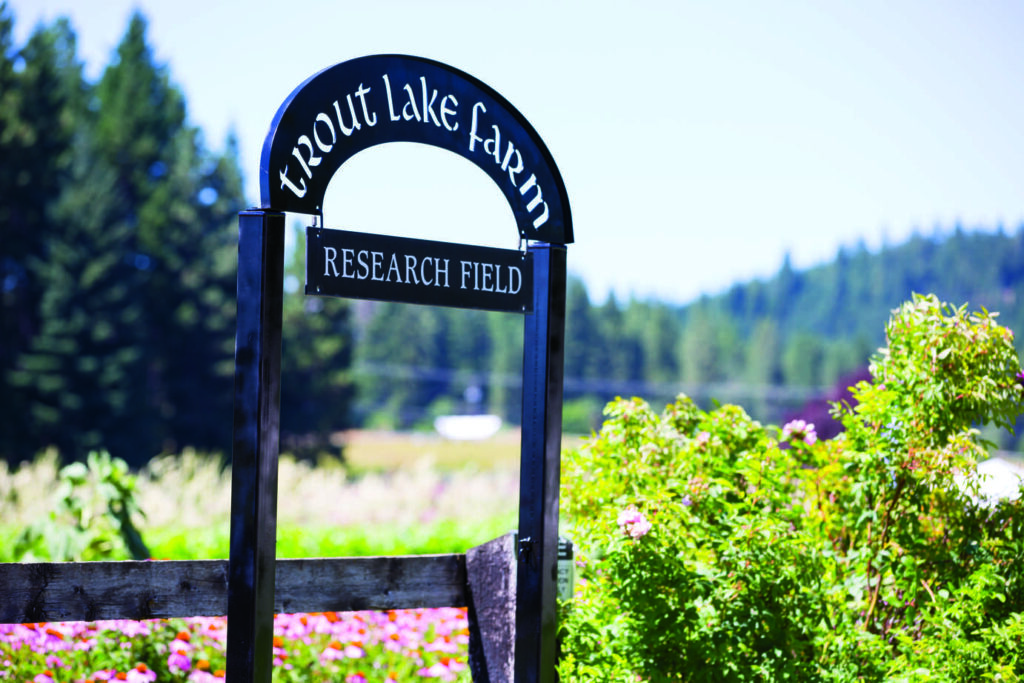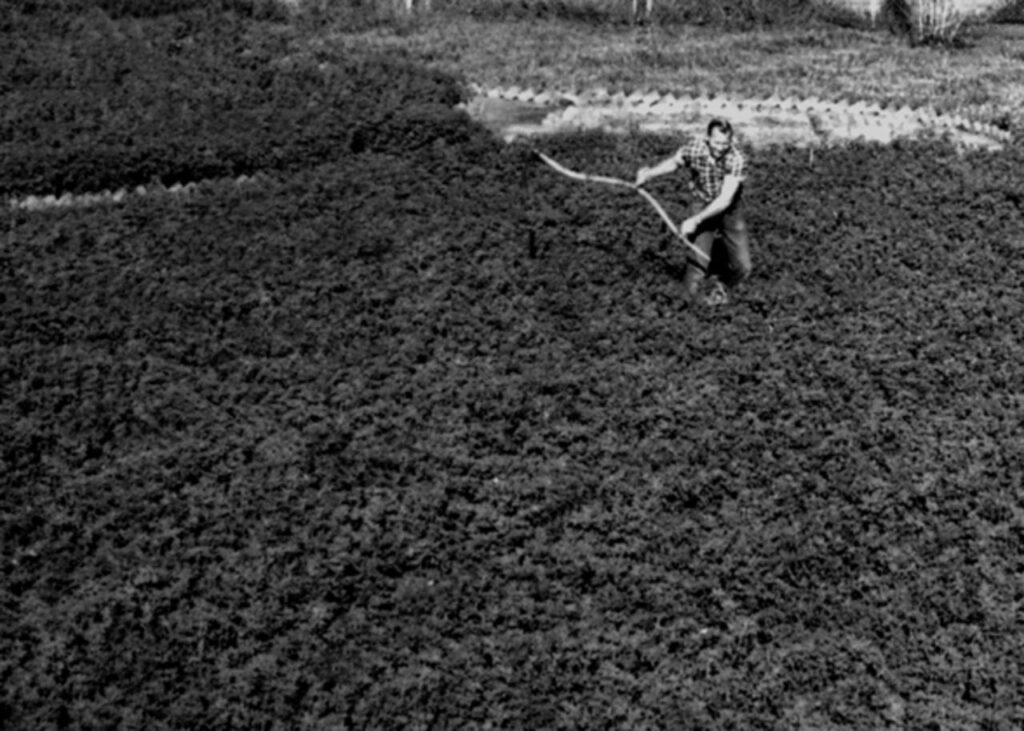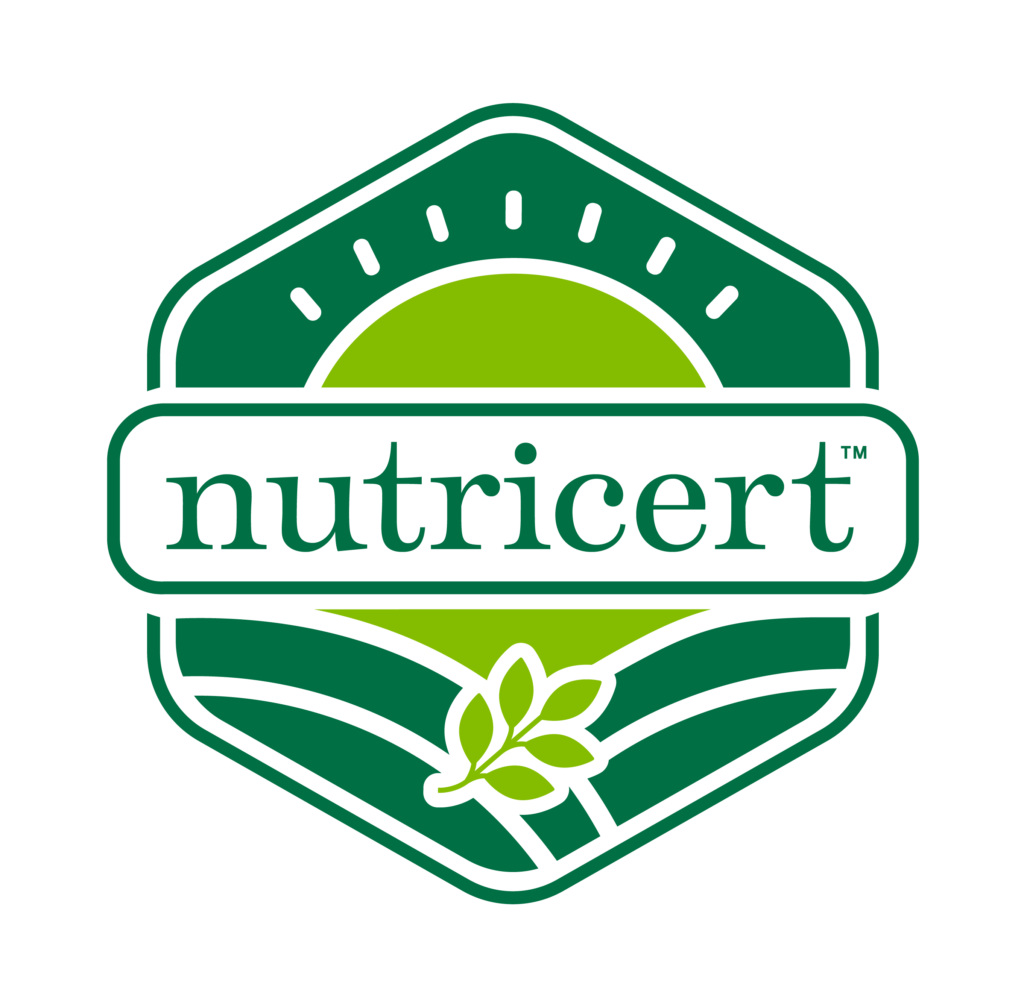Last month, Francesca and I toured through Asia visiting China, Thailand, Malaysia, and Taiwan. The trip was an opportunity for us to talk about Amway’s leadership as a Health and Wellbeing company and to begin celebrating the upcoming 90th anniversary of Nutrilite.
Throughout my visit, I spoke to employees, company leaders and – from the stage – tens of thousands of Amway Business Owners all of whom were eager to learn more about the legacy of the Nutrilite™ brand and the power of nutrition in today’s world. Many leaders have enthusiastically embraced the Product of the Product philosophy and are doing all they can to improve their health and wellbeing, and their outlook about the future.
In the Beginning
It’s what my father, Carl F. Rehnborg, envisioned when he founded Nutrilite nearly 90 years ago. He was an adventurous man who was innately curious. As a young entrepreneur living and working in China in the early 1900s, he spent lots of time building his business by traveling throughout the Chinese countryside.
While doing so, he made the quintessential observation that ultimately led to the creation of the Nutrilite™ brand: People living in the countryside were much healthier than people living in the city; they were more physically active, and they ate more fruits and vegetables.
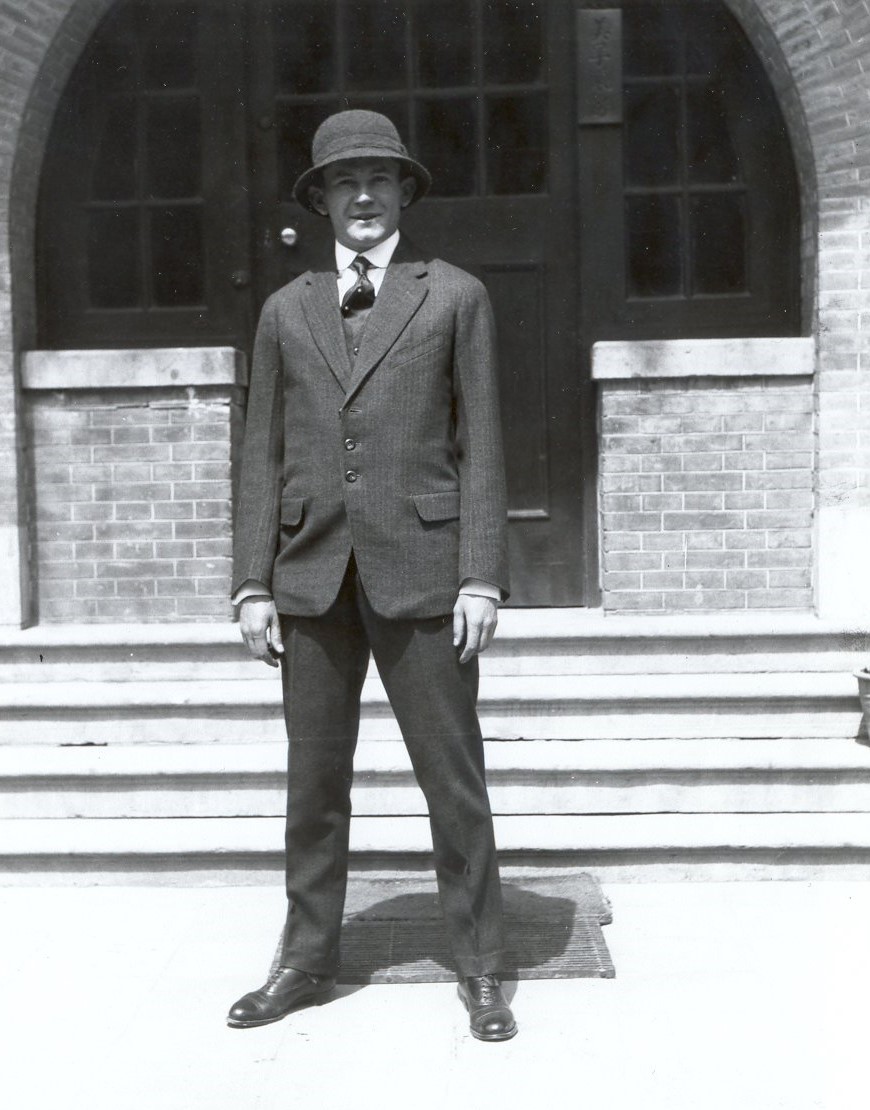
But let’s rewind and think about this. Just getting to China from the United States in the early 1900s was a monumental task. For him, it included traveling across the continental United States, and then extended passages across the Pacific Ocean where he had lots of time to dream about the future, and the opportunity to learn about a completely different culture – and build a business.
As a young businessman, he started off in China representing Standard Oil selling cooking oil traveling up and down the Yangtze River. But, again, based on his observations, he believed that selling canned milk in China would serve an immediate need and benefit the Chinese population. He soon returned to the States and was able to convince Carnation Milk to let him represent their company in China.
It was while selling canned milk and becoming more embedded in Chinese society, that he realized most people he was interacting with had nutritional gaps in their diets that plant materials could help fill. He also soon understood that eating well, exercising, and leading a healthy lifestyle was the best way to combat poor health. Simply because it helps prevent problems from occurring in the first place.
So, from the very beginning, through my father’s observations, a deep understanding of health and wellbeing has been engrained in the DNA of the Nutrilite™ brand.
The New Opportunity
Today, Amway understands how Health and Wellbeing can help improve peoples’ quality of life and help increase health span – helping people live better, healthier lives. The commitment to Health and Wellbeing is coming to life in different ways across the globe, but everything is rooted in a consistent direction.
Together, we are focused on six interconnected domains that illustrate how a healthy body, a healthy mind, personal growth, community connection, financial wellbeing, and taking care of our planet can positively transform our overall wellbeing.
Going Full Circle
An exciting part of our Asian trip was the opportunity to share the stage with co-chairmen, Steve Van Andel and Doug DeVos, and CEO, Milind Pant. Spending quality time with them in each country we visited made me realize how interconnected we are and how important our partnership is.
During our final presentation in Taipei, an on-stage interview session between the four of us and Michelle Lin, Managing Director of Taiwan and Hong Kong, I heard Doug say something that truly resonated.

While speaking about the direction we are going as a company, Doug said:
“Health and wellbeing is who we were in the first place. And now we’re discovering more about who we are. And if we do that, we can build an even better future together.”
Listening to Doug speak, I realized that we are – in many ways – going full circle.
What my father observed so many years ago is as important today as it ever has been. And it is now at the center of the future Amway is pursuing.
What an incredible opportunity!
Cheers!


